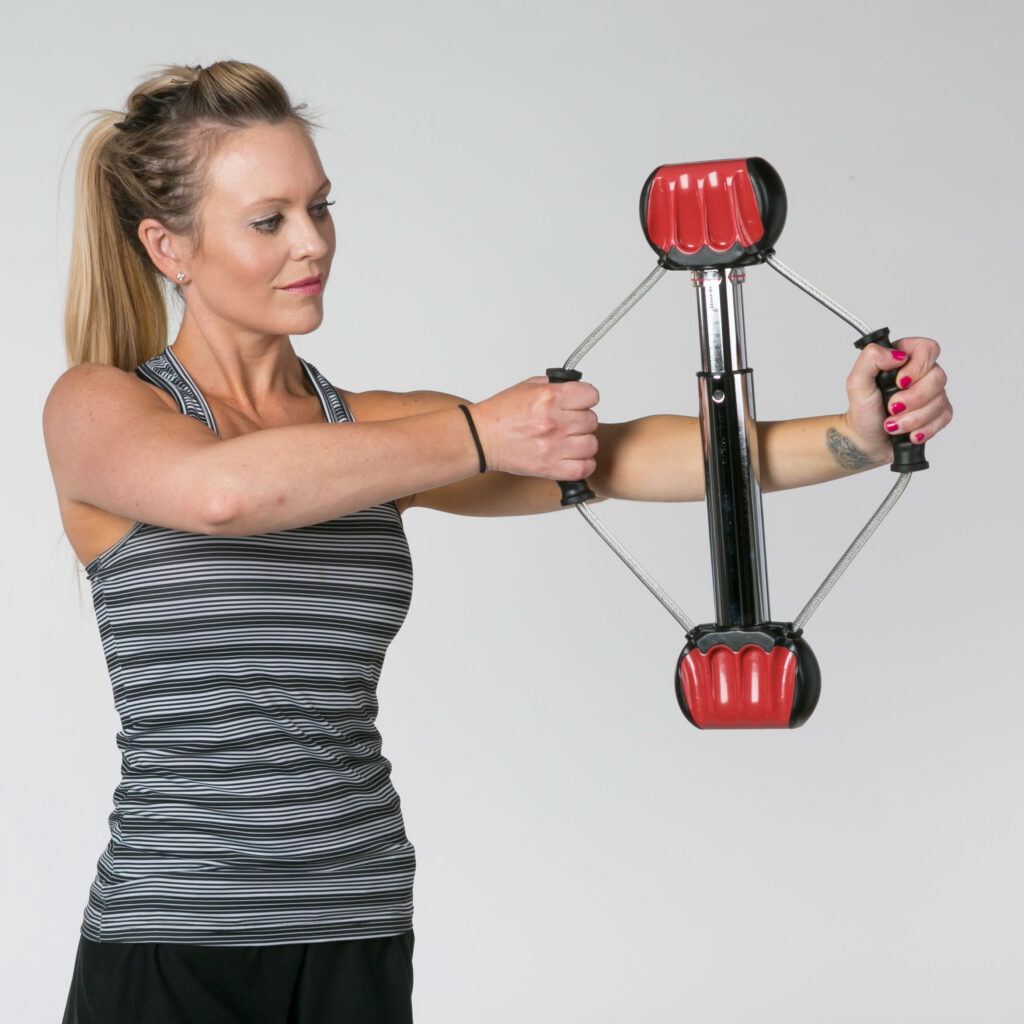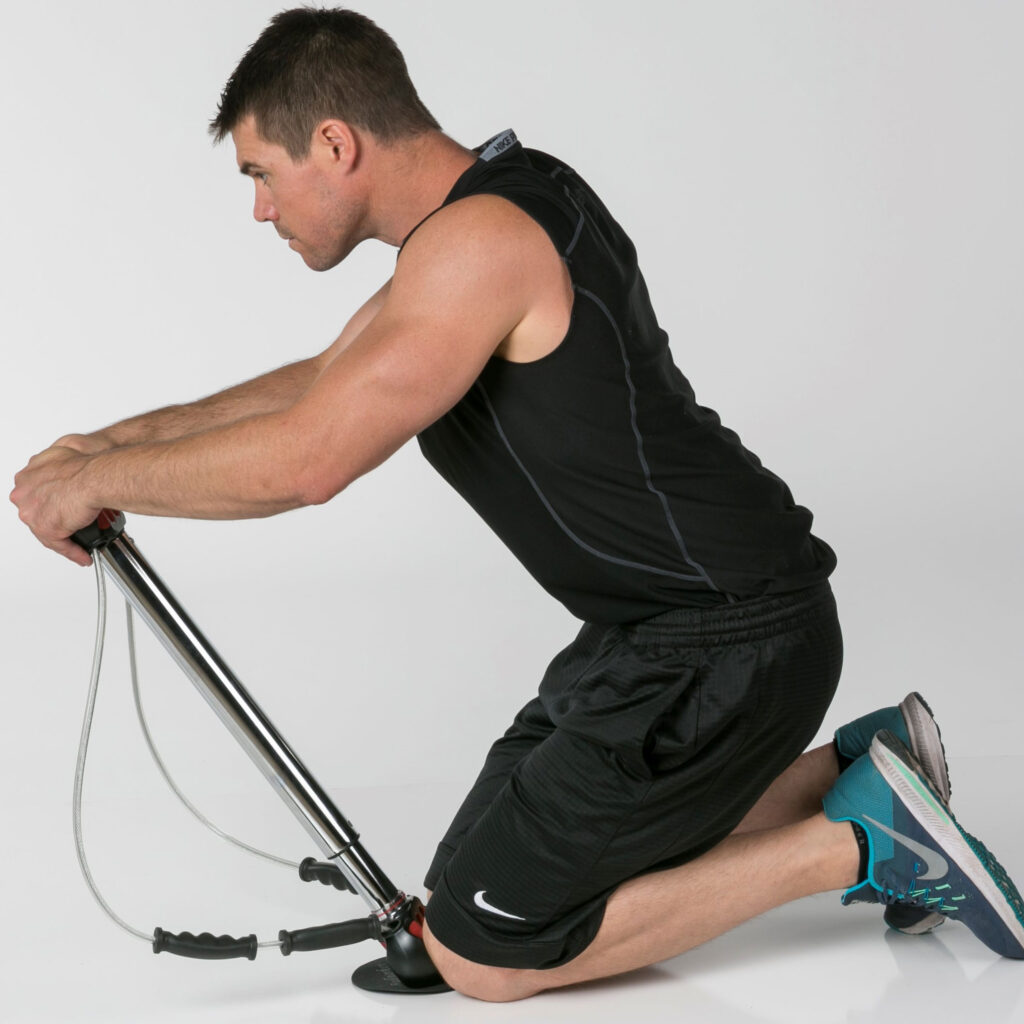Looking for a quick upper body workout? When it comes to efficiency, nothing beats muscle fiber engagement like isometrics.
Isometrics are a strength training technique performed by holding a muscle contraction against a resistance without movement. Isometric exercises are commonly used to achieve fast strength gains of your connective tissue (muscles, tendons, and ligaments). With isometrics, not only are you increasing your strength but you are also reducing your risk of injury, helping to push through plateaus, and becoming more explosive for power development.
During an isometric exercise you are holding the contraction without changing your joint angle which allows you to recruit more muscle fibers than any other form of exercise. You may have heard the buzz of TUT or time under tension lately as a key piece to muscle growth. Isometrics are one of the most effective forms to keep your muscles under tension.
Imagine taking a dumbbell and performing 10 isotonic repetitions of the bicep curl – this is the common up and down constant motion. Your joint angle is constantly changing which in return is constantly shifting muscle fibers being used and giving your muscle fibers a break. The result is only fractions of a second of tension on those particular muscle fibers.
Now imagine doing an isometric hold for 7 seconds where you hold the contraction with your elbow bent to 90 degrees. Those muscle fibers are being recruited for the entire 7 seconds allowing more time under tension, and in return, more muscle fiber activation resulting in up to 66% faster strength gains than the traditional isotonic exercise.

Thorough studies of over 200 experiments spanning over 10 years at the prestigious German Max Planck Institute proved 7 second isometric strength training is the fastest technique to obtain maximum muscle growth. Later, a study at the University of Connecticut confirmed the effectiveness of isometrics which resulted in the isometric training group improving three times faster than the sports training group on tests measuring strength, endurance, coordination, and agility.
Quick Upper Body Workout
Now that you understand some of the basics when it comes to isometrics, you can see why this 2-minute upper body routine is an effective muscle strengthening option.
Perform a 7 second isometric hold using 60% – 80% of your maximum effort for each exercise.
1. Chest Compression
Grip your Bullworker handles. Hold your Bullworker at chest height. Keep your elbows up, parallel to the ground, and compress your Bullworker.

2. Cable Spread
Grip your Bullworker in the center of the cables. Hold your Bullworker at chest height. Keep your elbows up and spread your Bullworker

3. Side Chest compression
Gripping your Bullworker by the handles, extend one arm, at chest height, to your side. Compress using your opposite arm.

4. Archer
Grip your Bullworker in the center of the cables. Extend one arm to the side of your body. Pull the cable with your opposite arm in a rowing motion.

5. Bicep/Triceps
Grip the center of your cables with your top hand palm facing up and your bottom palm facing down. Curl and extend your arms.

6. Resisted Crunches
Kneel on the ground. Place your Bullworker securely on the ground in front of you. Keep your arms and back straight and crunch engaging your abdominal muscles.

Quick upper body Conclusion:
This quick upper body workout is designed to be a fast strength training routine for those who are looking to be hyper efficient with their time. We hope this article was helpful in teaching some of the basics about isometric strength training and will help you continue to develop strength in your fitness journey.





